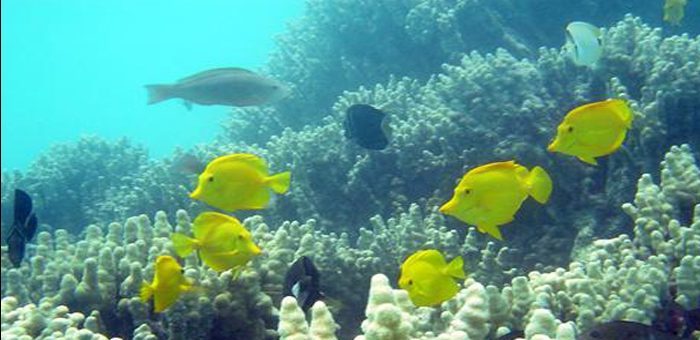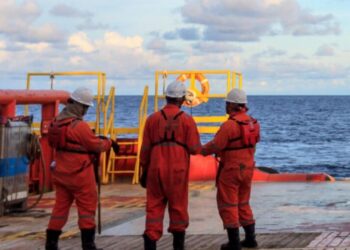According to a recent analysis by the Marine Scotland Science and other scientists involved, an extinct underwater volcano off north west Scotland proved to be home for several and vital marine ecosystems. Specifically, they identified different communities of creatures living at various depths on the seamount.
As scientists said on the BBC, they described the Rosemary Bank Seamount as having a prominence similar to Britain’s tallest peak, Ben Nevis.
Furthermore, they resulted that the seamount hosts the most “extensive and unusually diverse” of marine animals, the deep-sea sponges.
Among the deep-sea sponges were further reported cold water corals, fish such as orange roughy, blue ling, leafscale gulper shark and the Portuguese dogfish.
It supports a range of important habitats and species, including deep-sea sponge aggregations, cold water corals and fish.
…said Dr David Stirling, a deep-water ecologist at Marine Scotland Science.
Another four distinct communities of fish were seen, with the first on its summit then at different levels on its slopes and the last in a “deep moat” at the base of the extinct volcano.
However, sponges proved to govern the Rosemary Bank Seamount, as previous researches estimated that about 88 million sponges were upon it.
About more than 1,000m (3,281ft) from a flat seabed off the Western Isles, Rosemary Bank is one of the three seamounts located in Scottish waters.
Concluding, back in 2014 the Scottish government designated the seamount as a Marine Protected Area.






























































